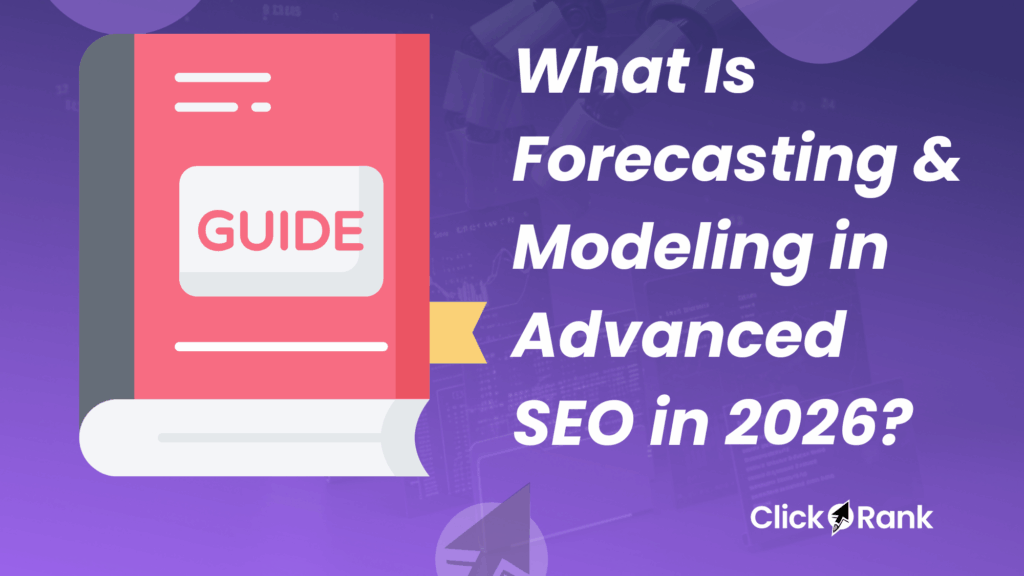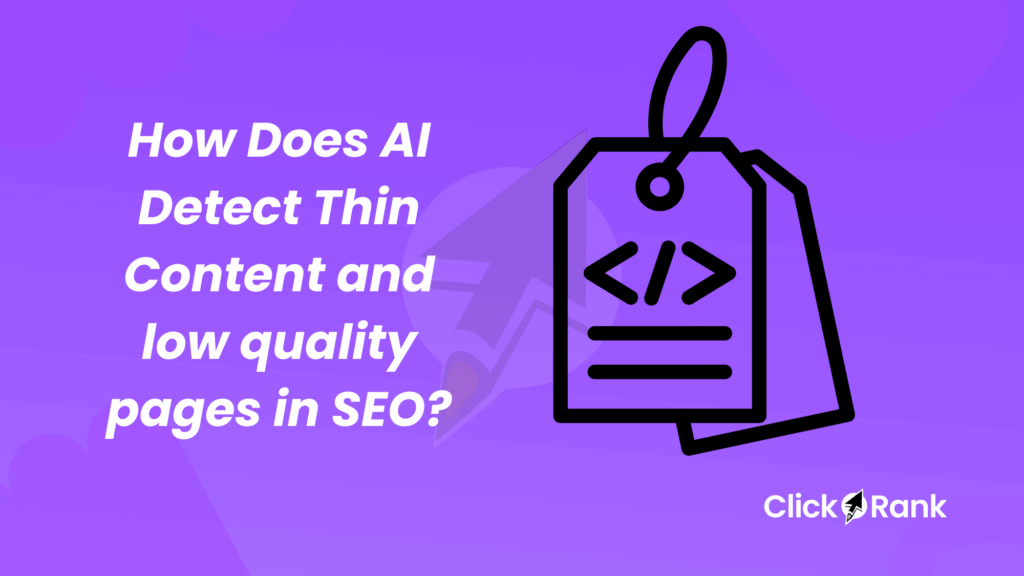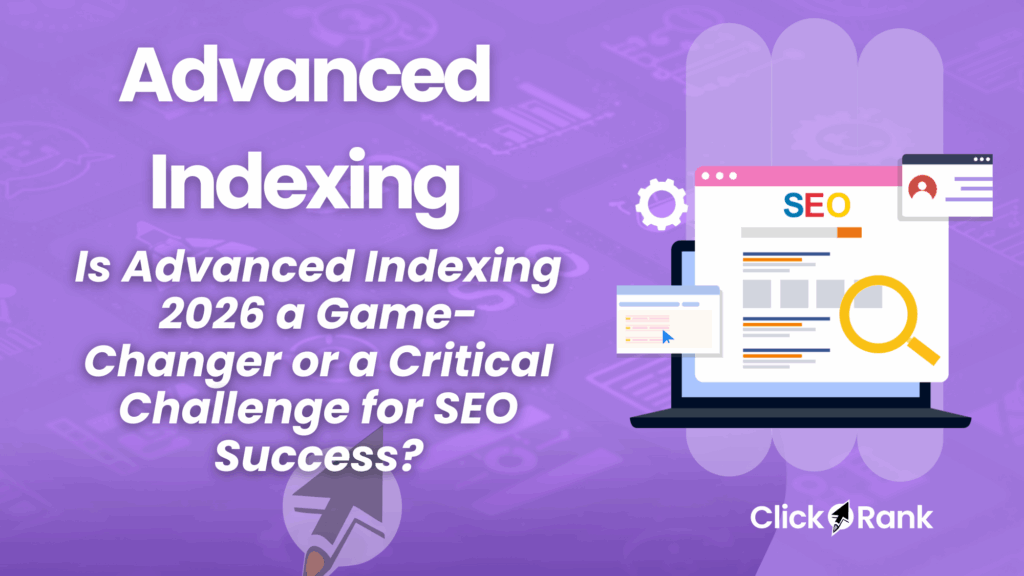What is Semantic SEO?
Semantic SEO is the practice of optimizing your website so search engines understand the meaning and context behind your content—not just the exact words on the page. Instead of focusing solely on single keywords, it revolves around related concepts, entities, and the relationships between them.
Search engines have evolved beyond counting keyword repetitions. Today, they can interpret the intent behind a search query, match it with relevant topics, and rank content that offers the most complete and contextually relevant answer.
How Search Engines Evolved to Understand Meaning?
In the early days, ranking was about stuffing pages with exact-match keywords. But with algorithm updates like Hummingbird, RankBrain, and BERT, Google now uses Natural Language Processing (NLP SEO) to interpret search queries more like a human.
This means it can connect different phrases with similar meaning—for example, recognizing that “affordable smartphone” and “cheap mobile phone” refer to the same intent.
Difference Between Semantic SEO and Keyword-Based SEO
Traditional SEO:
- Targets exact keywords
- Relies on keyword density
- Focuses on matching text literally
Semantic SEO:
- Targets topics and concepts
- Uses context and intent
- Builds topical authority with related entities
Role of Entities, Context, and Search Intent
- Entities: Specific, identifiable concepts like brands, places, or events.
- Context: The surrounding text and topic relevance.
- Search Intent: Why the user is searching—informational, navigational, or transactional.
Why Semantic SEO Matters in 2025?
Google’s Shift Toward Understanding Topics
Google is no longer just a “keyword matcher”—it’s a topic matcher. Ranking well now means proving you cover a subject comprehensively and accurately.
Impact of AI and Machine Learning
Machine learning models like BERT and MUM allow Google to understand nuanced language, synonyms, and context. They also power semantic search for voice assistants and chat-based queries.
Voice Search and Natural Language Queries
People speak to search engines differently than they type. Voice searches are often longer, conversational, and packed with semantic clues. Example: “What’s the best pizza place open near me right now?”
Improving User Experience
Semantic SEO ensures your content answers all related questions a searcher might have, keeping them engaged and reducing pogo-sticking (jumping back to results).
Role in Zero-Click Searches
With features like Featured Snippets and Knowledge Panels, Google often delivers answers directly in SERPs. If your content is semantically optimized, you have a better chance of occupying these high-visibility spots.
How Semantic SEO Works?
Understanding Entities
Entities are “things” in search—people, places, products, events. Google uses them to build a Knowledge Graph, connecting related ideas.
- Structured Data: Adding schema markup makes it easier for search engines to identify entities on your page.
- Entity-Based Indexing: Search results can be built from known relationships between entities, not just keyword matches.
Context Over Keywords
Semantic Advanced SEO focuses on topic clusters—groups of related content connected internally. For example, a pillar page on “digital marketing” could link to subpages on SEO, social media, email marketing, and analytics.
- Use synonyms and related concepts naturally.
- Address different angles of a topic to reinforce relevance.
Search Intent Optimization
- Informational: “What is NLP SEO?”
- Navigational: “Ahrefs login”
- Transactional: “Buy SEO software”
Align your content format—blog post, guide, product page—to the intent behind the query.
What Are The Key Elements of Semantic SEO?
Comprehensive Content Coverage
- Address all major subtopics and FAQs.
- Avoid thin, single-focus pages with little depth.
Internal Linking Strategies
- Create topic clusters with a central pillar page.
- Use the hub-and-spoke model to guide users and search engines between related pages.
Structured Data Markup
- Use relevant Schema.org types like Article, LocalBusiness, Product, FAQ.
- Implement JSON-LD for better crawlability.
- Structured data boosts local SEO visibility by helping Google match you to geo-specific queries.
Optimizing for Related Questions and PAA Boxes
- Include question-based subheadings.
- Answer queries concisely to increase your chance of appearing in People Also Ask boxes.
Why LSI is a Misunderstood Concept?
Latent Semantic Indexing (LSI) is an old information retrieval method, not something Google actively uses, Modern semantic optimization focuses on entity relationships and intent—not just “related keywords.”
Advanced Semantic SEO Strategies
Topic Modeling and TF-IDF
- Analyze competitor content to see which terms frequently appear with your target topic.
- Use TF-IDF tools to balance keyword frequency naturally.
Knowledge Graph Optimization
- Get mentioned on authoritative sites.
- Use consistent naming and linking to help Google associate your brand with related entities.
Content Enrichment Using AI
- Use AI to identify missing subtopics in your content.
- Extract entities from top-ranking pages and integrate them naturally.
Semantic SEO for Local Businesses
Targeting Local Intent
Semantic SEO can supercharge local+geo SEO by helping your content align with both location and topic. Example: A page about “best Italian restaurants” could include entities like “Neapolitan pizza” and “pasta alfredo,” as well as the city name.
Hyperlocal Content
Create neighborhood-level guides, events pages, and localized service descriptions enriched with entity-based targeting.
Structured Data for Local SEO
Use LocalBusiness schema, NAP details, and geo-coordinates in your structured data to rank for nearby searches.
Integration with ClickRank, ClickRank can:
- Analyze your local search data to find semantic gaps competitors missed.
- Generate AI-powered topic clusters for each service area.
- Track your performance for semantic variations of local keywords.
What Are the Common Semantic SEO Mistakes?
- Writing around keywords without context.
- Ignoring the importance of search intent.
- Skipping structured data markup.
- Poor linking between related pages.
What are the best tools for Semantic SEO?
When it comes to Semantic SEO, the goal is to optimize content around meaning, context, and search intent rather than just targeting isolated keywords. While there are several tools that support this approach, ClickRank’s AI SEO Agent stands out as one of the most advanced solutions available today.
Unlike traditional SEO tools that only provide keyword lists or backlink data, ClickRank leverages AI-driven semantic analysis to understand how topics, entities, and search intent connect. This allows you to:
- Discover semantically related keywords that align with Google’s NLP models.
- Generate context-rich content structures that improve topical authority.
- Optimize existing pages with semantic suggestions to boost relevance and visibility.
- Stay ahead of competitors by mapping out the entire semantic landscape of your niche.
In short, while other tools can help with certain parts of Semantic SEO, ClickRank’s AI SEO Agent offers an all-in-one intelligent solution that makes implementing semantic strategies faster, more accurate, and more scalable.
How To Measuring Semantic SEO Success?
- Monitor organic traffic growth for topic clusters.
- Track rankings for long-tail and question-based queries.
- Look for more featured snippet and PAA placements.
- Check Knowledge Graph appearances and brand entity recognition.
What is the Future of Semantic SEO?
- AI-driven search will rely more on entity and context signals.
- E-E-A-T (Experience, Expertise, Authoritativeness, Trustworthiness) will be tied closely to semantic relationships.
- Multimodal search (text, image, video) will require cross-format semantic optimization.
In 2025, Semantic SEO isn’t optional—it’s the backbone of modern search visibility. By focusing on context, entities, and intent, you create content that satisfies both users and search engines.
If you want to uncover hidden opportunities, build semantic authority, and dominate local search, visit clickrank.ai today. Discover semantic keyword gaps, generate optimized topic clusters, and boost your local SEO performance with precision.
What is Semantic SEO in simple terms?
Semantic SEO is about creating content that search engines understand in context, not just by matching keywords.
How is Semantic SEO different from keyword SEO?
Keyword SEO focuses on exact words, while semantic SEO focuses on meaning, intent, and related concepts.
Do I still need keywords in Semantic SEO?
Yes, but they should be used naturally within context-rich content.
Can Semantic SEO help with local SEO?
Absolutely. It aligns your content with both topic relevance and geographic intent.
What role does structured data play in Semantic SEO?
It helps search engines identify entities and relationships within your content.
How does ClickRank improve semantic and local SEO together?
ClickRank identifies semantic opportunities, creates localized topic clusters, and tracks your local rankings.


